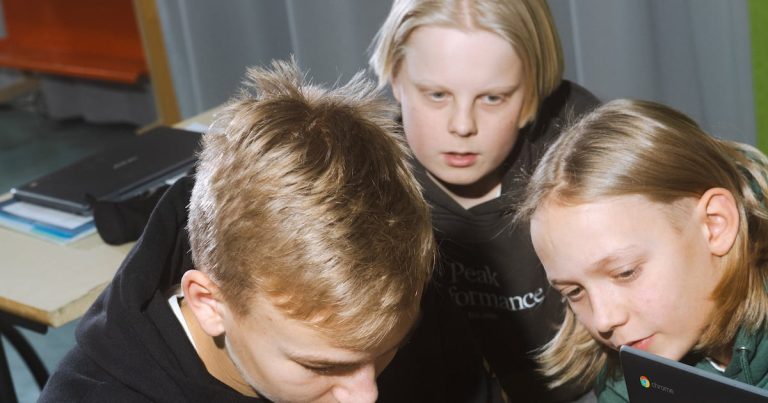Finland’s Success in Media Literacy Education: A Model for the World?
Finland consistently ranks as a global leader in media literacy, equipping its citizens with the skills to navigate the complex digital landscape and combat misinformation. This success stems from a unique education system that prioritizes critical thinking and media literacy from an early age. Unlike many other countries, Finnish children do not begin formal schooling until age seven, focusing on play-based learning in early childhood. The Finnish approach emphasizes setting goals and principles rather than relying on frequent examinations, allowing for more in-depth exploration of topics. Media literacy is woven into the curriculum across various subjects, ensuring students develop a comprehensive understanding of media’s role and influence.
Beginning in early childhood education, children are introduced to basic media literacy concepts through books and images, fostering an understanding that representations are not always complete or accurate. This foundation is built upon throughout their education, progressing to creating news articles and videos in their teenage years. This hands-on experience allows students to grasp the complexities of journalistic decision-making, including the selection and omission of information and the potential influence of personal biases. By the end of secondary education, Finnish students possess highly developed cognitive skills, enabling them to analyze complex and abstract concepts related to media.
Finland’s national core curriculum provides overarching principles and goals, granting teachers significant autonomy in implementation. This flexible approach, originating from education reforms in the 1970s, allows educators to address current events and evolving media landscapes without being constrained by rigid testing schedules. The integration of media literacy within the curriculum, rather than as a standalone subject, has been key to its success. Teachers can freely discuss contemporary issues like the evolving role of social media platforms and their fact-checking policies, fostering critical thinking without the pressure of formal assessments.
While critical thinking is central to media literacy, appreciating the value of reliable information is equally important. Finland boasts high levels of trust in news, reflecting the emphasis on journalistic ethics and accountability within its media landscape. Educators stress the importance of distinguishing between credible news sources adhering to journalistic standards and platforms lacking such commitments. This understanding is crucial in a democratic society, where informed citizens are essential. Finland’s historical context, as a small nation bordering a larger power, has also contributed to its resilience against disinformation, fostering a deep understanding of propaganda and its potential impact.
While Finland’s language has historically provided some protection against foreign information manipulation, the rise of artificial intelligence presents new challenges. AI-generated content can bypass linguistic barriers, making it more difficult to identify and combat disinformation. Despite these challenges, Finland’s long-standing emphasis on historical context and critical evaluation of sources remains a valuable asset in navigating the evolving information landscape.
Replicating Finland’s success in other countries presents significant challenges, particularly with overcrowded curricula and limited teacher training. Integrating media literacy effectively requires dedicated resources and professional development for educators. The broad scope of media literacy, encompassing topics from algorithms and AI to influencer culture and its impact, demands a comprehensive approach. Providing teachers with the necessary expertise and resources is essential for successful implementation.
In Ireland, initiatives like the Young Journalist Ireland program demonstrate a growing awareness of the importance of news literacy. This program provides transition-year students with practical experience in journalism, fostering critical thinking skills and an understanding of ethical journalism. While such programs are valuable, a more systemic approach, similar to Finland’s integrated model, may be necessary to achieve widespread media literacy. This requires addressing curriculum constraints, providing adequate teacher training, and fostering a broader societal recognition of the crucial role of media literacy in a democratic society.


